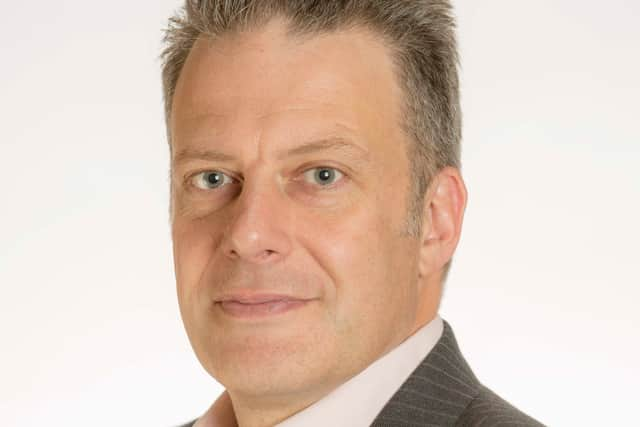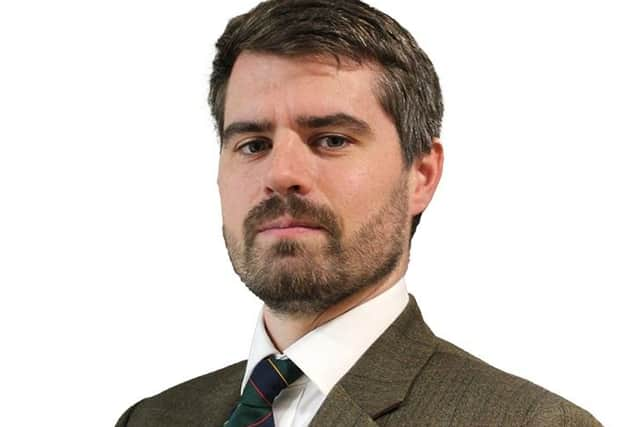We’re helping farmers future proof Scotland - Tom Gray and Graeme Nisbet
Rural communities across Scotland are coming together to celebrate the best of food, farming and agricultural life. Farmers are showing their livestock and local producers presenting the fruits of their labours.
As professionals with a vested interest in Scotland’s rural sector, it’s a great opportunity for us to get out and about to meet people, and to discuss the opportunities and challenges facing the sector and its communities.
Advertisement
Hide AdAdvertisement
Hide AdOne of the key themes is natural capital and this topic is intrinsically linked to Scotland’s rural communities. This is why we held two discussions recently on the future of Scotland’s natural capital looking specifically at peatland restoration and woodland creation.


Our natural capital is defined as the world’s stock of natural resources – our air, water, soil, plants and animals – which help us to produce goods to sustain ourselves.
Bringing together landowners, developers, investors, policy makers and professional advisors, we covered those areas pertinent to the natural capital discussion including private and public sector collaboration, how communities can benefit, and the importance of food security, biodiversity and habitat protection.
The topic of carbon credits and investment in Scottish land was central to our discussions.
In recent years, the focus within the natural capital sphere has very much been on the reduction of carbon emissions, particularly by businesses and organisations. Increasingly, this has led to carbon offsetting through the purchase of carbon credits generated by natural capital projects. At the moment, in the UK these projects are primarily peatland restoration and new woodland creation although as technologies and practices evolve, new types of natural capital projects will inevitably emerge and certainly develop.


Coming from rural communities ourselves, it was encouraging to hear how rural and crofting communities are key parts of this growing sector. Projects such as peatland restoration or woodland creation require highly skilled people who understand their local areas.
What struck us most about those conversations is how so many different elements of our society and economy overlap to contribute to and benefit from Scotland’s natural capital. With lots of different parts of the economy willing to get involved, there is a shared belief and understanding that Scotland’s natural resources are fundamental to a healthy and resilient economy, as long as they are managed respectfully and sustainably.
Collaboration and clarity will be key to making the most of our natural resources in a responsible manner. There is also a recognition that natural capital projects are still in their infancy so everyone is learning from each other. Communication will be vital. As one attendee put it succinctly: “Climate change is not going away. Net zero targets are not going away. Nobody is making more land. We need to make it work.”
Advertisement
Hide AdAdvertisement
Hide AdEveryone recognises the contribution Scotland’s rural sector makes to the economy as employers and food producers. There is also an important role to play in helping the country achieve its net zero ambitions. Overall though, the simple process of getting people around the table to discuss key issues and suggest practical ideas, was hugely beneficial. We will publish a report on our discussions shortly.
Harper Macleod will be at a number of rural shows over the summer, including Black Isle, Cunningsburgh, and Keith. If you’re heading along, come and pay us a visit.